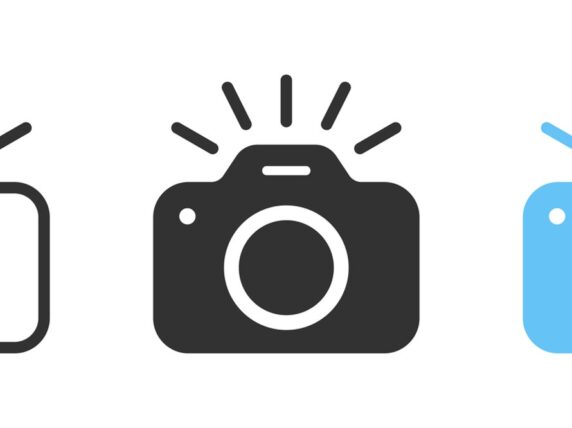The Pledge for Change: who has and who should have power in INGO storytelling
The Pledge for Change 2030, convened by Degan Ali and Mary Ana McGlasson, was launched in October 2022 and already has many INGO signatories. It is made up of three sections: Equitable Partnerships, Authentic Storytelling and Influencing Wider Change.
As someone who has worked globally with multiple large and small INGOs and UN organisations on the ethics of aid and development sector storytelling processes and narratives for many years, I was eager to see its contents, particularly those around Authentic Storytelling. However, having read and re-read this section, I wonder – does it go far enough?
What the Authentic Storytelling pledge says
The Authentic Storytelling pledge contains a lot of positives, and the fact it exists combined with the processes by which the whole pledge was convened are important steps for the sector.
It makes promises to hear what the people who share their stories want to say and to amplify those stories rather than speaking on behalf of others. It promises to inspire cultural change, to platform existing initiatives and the active agency of those with whom the programme’s partner, and to put consent at the heart of storytelling practise.
The narratives that we put out into the world educate and inform our audiences. But, as we are all realising, alongside the enormous good that our sector has achieved, the stories we have told have also created, maintained and perpetuated stereotyping and othering ideas about groups of people and locations. These have in turn, put those people at a disadvantage. The fact that we are even able to create ideas about whole groups of people means we have enormous power and privilege.
The Authentic Storytelling pledge demonstrates a willingness to change, but it doesn’t explicitly acknowledge that power. Consequently, the way the pledge is phrased gives the impression that this change is going to happen only on terms decided by the organisations themselves.
The phrase “humanitarian crises should not be sanitised…” alludes to a claim I have heard many times over the years that what INGOs do is show suffering “as it happens”, and that their depictions are “just showing the truth”. A claim that fails to recognise the power of editorial decision-making, which is that there is no one truth: every time you choose to point a camera at one thing and not another, or frame something in a tight crop rather than a wider one, you are altering the “truth” of what is being shown.
Powerful storytelling and ethical content gathering
Learn how to source, create and share compelling stories from your programmes ethically and respectfully. This essential training will equip you to better engage your audiences with the authentic voices of your programme participants, while operating within the highest ethical standards.
Find out moreHumanitarian crises should not be sanitised, but could we continue to show the harsh realities of poverty, conflict, hunger and natural disaster in a way that doesn’t include holding on to our editorial power to decide the parameters of sanitisation? Could we instead find out what those living through crises want to share, and pledge to add context and detail to these stories?
It is commendable to “avoid exploitative imagery that portrays people as helpless victims” but storytelling without harm is not about ceasing to take images from higher camera angles, not showing flies near eyes, or deciding on behalf of someone else what exploitation looks like (although all those things may be a part of that) because these are still editorial decisions controlled by INGO staff.
What the pledge could say
So, what would be going far enough? First, it would be about acknowledging the power and privilege that we have as communicators in this space. We are not choosing to sanitise (or not) or show the truth when we tell a story. We are sharing our vision of what we think is going on, and this is only our version of the truth.
Alongside amplifying stories, we need to let go of the desire to show our version of the truth, and instead, explicitly seek and share alternative narratives decided by our contributors, even if they don’t conform to what we know “works” for our audiences. I partnered with Amref last year to test what happened when you work in this way, and the findings demonstrated that deliberate power-sharing makes for an engaging and satisfying storytelling for both audiences and contributors.
Second, by recognising that narratives can harm, we could make it a priority not to cause narrative harm in the same way that we prioritise safeguarding or make ethical donor choices. Carrying out narrative audits would allow us to see what stories we are putting out into the world, whose voices are heard, and who is really making the decisions about what is heard.
From that knowledge, we could build steps to make the choice to not share stories that will cause harm. Save the Children carried out this type of research with contributors to their communications and fundraising work back in 2017, and are in the process of re-running the project, information that has and will inform and improve their processes and their portrayals.
Third, give our fundraising and communications colleagues some financial leeway. This pledge was worked on by some of the most senior people in the sector, but I am often told by those who work in fundraising and communications that while their organisations wish to be at the forefront of ethical storytelling, the huge financial targets they work under leaves these individuals in an impossible catch-22.
They want to try something new, and but cannot afford to take the necessary risks to test and learn what that new thing might be. Organisations like MSF are coming out and stating that they will be trialling different narratives, and why they are doing so, but it would be great to see this happening more widely.
This pledge is a big step in the right direction, and kudos for getting here, but now let’s go further – naming our power, recognising that we will need to let go of our tight grip on it to change, and then putting in measurable actions that allow the staff in these organisations to make these pledges a reality.
Category
News & ViewsThemes
Communications



